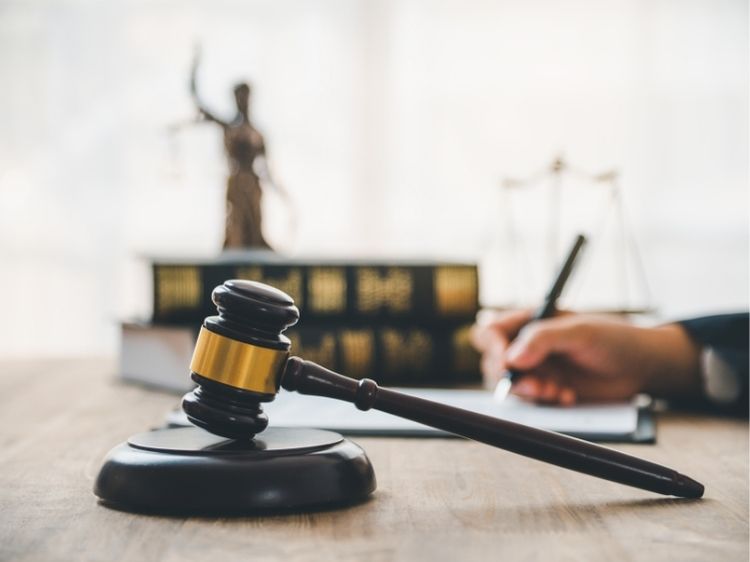Product Liability vs. Strict Liability: Understanding the Differences
When it comes to consumer protection and business responsibility, the terms “product liability” and “strict liability” often pop up in legal discussions. But what do they really mean, and how do they differ? Whether you’re a business owner, a consumer, or just someone curious about the legal landscape, understanding these concepts is essential. This article will dive deep into product liability and strict liability, explaining their differences, how they apply in real-world scenarios, and why they matter.
What is Product Liability?
Product liability refers to the legal responsibility of manufacturers, distributors, suppliers, and retailers for any injuries or damages caused by their products. When a product is found to be defective and causes harm, the injured party can sue the responsible parties under product liability laws.
Product liability is a broad concept that encompasses various types of defects, including:
- Manufacturing Defects: These occur when a product is improperly manufactured, resulting in a defect that causes harm. Imagine buying a blender with a loose blade—ouch! That’s a manufacturing defect.
- Design Defects: Even if a product is manufactured perfectly, it can still be inherently dangerous due to a flawed design. Think of a toy with small, detachable parts that could be a choking hazard for children.
- Marketing Defects: Also known as “failure to warn,” these defects involve inadequate instructions or warnings about potential risks. For example, if a medication doesn’t include a warning about dangerous side effects, it could be considered a marketing defect.
What is Strict Liability?
Strict liability is a legal doctrine that holds a party responsible for damages or injuries caused by their actions, regardless of fault or intent. In other words, under strict liability, a defendant can be held liable even if they were not negligent or did not intentionally cause harm.
This doctrine is often applied in cases involving inherently dangerous activities or defective products. In the context of product liability, strict liability means that a manufacturer can be held liable for a defective product even if they exercised all possible care in the product’s design, manufacture, and marketing.
The Key Differences Between Product Liability and Strict Liability
Now that we’ve covered the basics, let’s dig into the key differences between product liability and strict liability.
- Fault Requirement:
- Product Liability: To prove product liability, the plaintiff must show that the product was defective and that the defect caused their injury. In some cases, they may also need to prove negligence.
- Strict Liability: Under strict liability, the plaintiff does not need to prove negligence or fault. They only need to demonstrate that the product was defective and caused harm.
- Scope of Application:
- Product Liability: Applies specifically to cases involving defective products.
- Strict Liability: Can apply to various situations, including defective products, dangerous animals, and abnormally dangerous activities.
- Defenses:
- Product Liability: Defendants may use various defenses, such as arguing that the plaintiff misused the product or that the defect did not cause the injury.
- Strict Liability: Defenses are more limited. In strict liability cases, the focus is on the defect itself, not on the actions of the defendant.
Real-World Examples of Product Liability and Strict Liability
To make these concepts more concrete, let’s explore some real-world examples.
Product Liability Example: The Takata Airbag Recall
One of the most infamous product liability cases in recent history involves the Takata airbag recall. Millions of vehicles worldwide were recalled due to defective airbags that could explode and send shrapnel into the passenger cabin. The defect was linked to multiple injuries and deaths, leading to numerous lawsuits against Takata and the automakers that used their airbags.
In this case, the defect was a manufacturing defect, and the lawsuits were based on product liability claims. The plaintiffs had to prove that the defective airbags caused their injuries, which they did successfully.
Strict Liability Example: The Case of the Escaped Tiger
Strict liability often applies to cases involving inherently dangerous activities or animals. Imagine a zoo where a tiger escapes its enclosure and injures a visitor. Even if the zoo took all possible precautions to prevent the escape, they could still be held strictly liable for the injuries caused by the tiger.
In this scenario, the zoo would be held responsible under strict liability, as keeping a dangerous animal like a tiger is considered an inherently risky activity.
Why Understanding These Concepts Matters
So, why should you care about product liability vs. strict liability? Whether you’re a consumer or a business owner, these concepts can significantly impact you.
For Consumers:
- Protection: Understanding product liability helps you know your rights if you’re injured by a defective product. You have the legal backing to seek compensation for your injuries.
- Awareness: Knowing about strict liability can make you more aware of potential dangers, even when no one is at fault.
For Business Owners:
- Responsibility: If you’re in the business of manufacturing, distributing, or selling products, understanding product liability is crucial. Ensuring your products are safe and properly labeled can protect you from costly lawsuits.
- Risk Management: Awareness of strict liability can help you manage risks, especially if your business involves inherently dangerous activities or products.
FAQs About Product Liability and Strict Liability
1. Can I sue for both product liability and strict liability? Yes, in many cases, you can file claims under both product liability and strict liability. The two are not mutually exclusive, and pursuing both avenues can increase your chances of success.
2. What should I do if I’m injured by a defective product? First, seek medical attention. Then, preserve the product and any evidence related to the incident. Contact a lawyer who specializes in product liability to discuss your options.
3. Can a business avoid strict liability? It’s challenging to avoid strict liability if your business involves inherently dangerous activities or products. However, you can minimize risks by implementing strict safety protocols and ensuring thorough testing and quality control.
4. How long do I have to file a product liability lawsuit? The statute of limitations for product liability cases varies by state, but it’s typically between 2 to 4 years from the date of injury. It’s essential to consult with a lawyer as soon as possible to ensure you don’t miss the deadline.
5. Does strict liability apply to all products? No, strict liability does not apply to all products. It typically applies to products that are considered inherently dangerous or defective. The specifics can vary depending on the jurisdiction.
Conclusion: Navigating the Complexities of Product Liability and Strict Liability
Product liability and strict liability are complex legal concepts that play a crucial role in consumer protection and business responsibility. While they share some similarities, their differences are significant and can impact how cases are handled in court.
As a consumer, understanding these concepts can empower you to take action if you’re harmed by a defective product. As a business owner, this knowledge is vital for protecting your company from legal risks.
In today’s litigious society, being informed about product liability vs. strict liability isn’t just a legal concern—it’s a smart move for anyone navigating the marketplace.
Authoritative Links
- https://www.nolo.com/legal-encyclopedia/product-liability-basics.html
- https://www.law.cornell.edu/wex/strict_liability
- https://www.findlaw.com/injury/product-liability/what-is-product-liability-.html
- https://www.hg.org/legal-articles/what-is-strict-liability-in-tort-law-31169
- https://www.consumerreports.org/product-liability/






